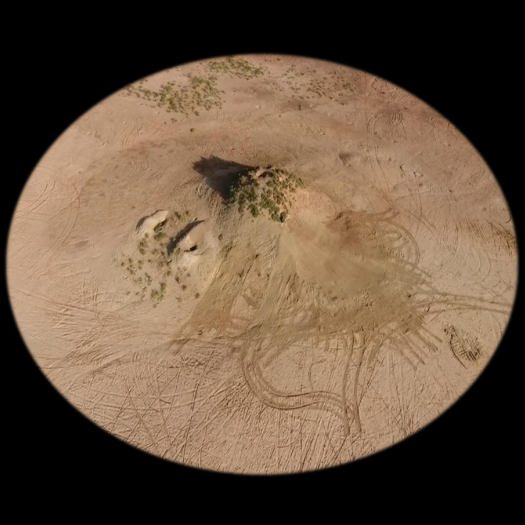RS sur l’Iran, avec 2 présentations : Gilles Berillon (DR, UMR 7194) et collaborateurs ; et Mona Oryat (PhD student, Université Tarbiat Modares, Téhéran)


Lundi 30 janvier 2023 à 13h, au Musée de l’Homme (salle Chevalier) et en visio, par Gilles Berillon (DR, UMR 7194) et collaborateurs, et Mona Oryat (PhD student, Université Tarbiat Modares, Téhéran)
Intervenants : Gilles Berillon1, Hamed Vahdati Nasab2, Asghar Asgari Khaneghah3, et les membres de l’équipe scientifique du FIPP
1. UMR7194, HNHP, Musée de l’Homme, Paris
2. Université Tarbiat Modares, Téhéran
3. Université de Téhéran, Téhéran
Titre : Présences humaines au Pléistocène dans le Plateau Central Iranien ; de Garm Roud (Mazandaran), Mirak (Semnan) à Qaleh Kurd (Qazvin). Vingt années de travaux du Programme Paléoanthropologique Franco-Iranien (FIPP).
Résumé : Les membres du FIPP dressent un aperçu de leurs travaux sur la préhistoire de l’Homme dans le Plateau Central Iranien. Initiés il y a 20 ans, une première étape a été la découverte puis la fouille du site Paléolithique supérieur, Garm Roud (Mazandaran), dans l’Alborz Central : une halte de chasse de plein air datés d’environ 33 000 ans. Sur l’autre versant de l’Alborz, dans la province de Semnan, la fouille de Mirak, un autre site de plein air, a livré les traces de trois phases d’occupation humaine, du Paléolithique moyen au Paléolithique supérieur datées entre 50 et 26 000 ans. Les travaux portent maintenant sur Qaleh Kurd (Qazvin), une grotte située plus à l’ouest à 2137m asl, à mi-distance de Mirak et des sites connus du Zagros ; ses dépôts antérieurs à 150 000 ans, livrent des vestiges représentant plusieurs centaines de milliers d’années d’occupation humaine, en faisant un site paléolithique et paléoanthropologique singulier du Plateau Central Iranien.
Intervenante : Mona Oryat (PhD student, Université Tarbiat Modares, Téhéran)
Titre : Sustainable development and Prehistory. Studying successive Pleistocene human occupations at the Mirak (Semnan) Prehistoric site
Résumé : The field of study is based on the morphological changes and the relationship between the artifacts materials of the middle and upper Paleolithic period of the Mirak site in the late Pleistocene era. It seems that considering the importance of this site due to its open site and the large number of artifacts in the middle Paleolithic, the transition phase from the middle to the upper and the upper Paleolithic. It could base on the framework of the layer Anthropology and Chronology is the rehabilitation of human settlement and human-ecological interactions based on the analysis of human artifacts materials. The archaeological remnants obtained based on the deposits and details of the sedimentology and chronometry derived from Mirk related to the late hunter-gatherers communities of the Pleistocene, Which was 50ka ± 3 as the base camp. However, the nature of the relationship between the middle and upper Paleolithic remaining regions is not entirely clear. It seems likely that it would probably support the arrival and survival of modern human groups or Neanderthals (?). In this thesis it will be examined, the relationship and interaction of human groups during the period of the Pleistocene with the specter and the recognition of the development of the fabrications.
